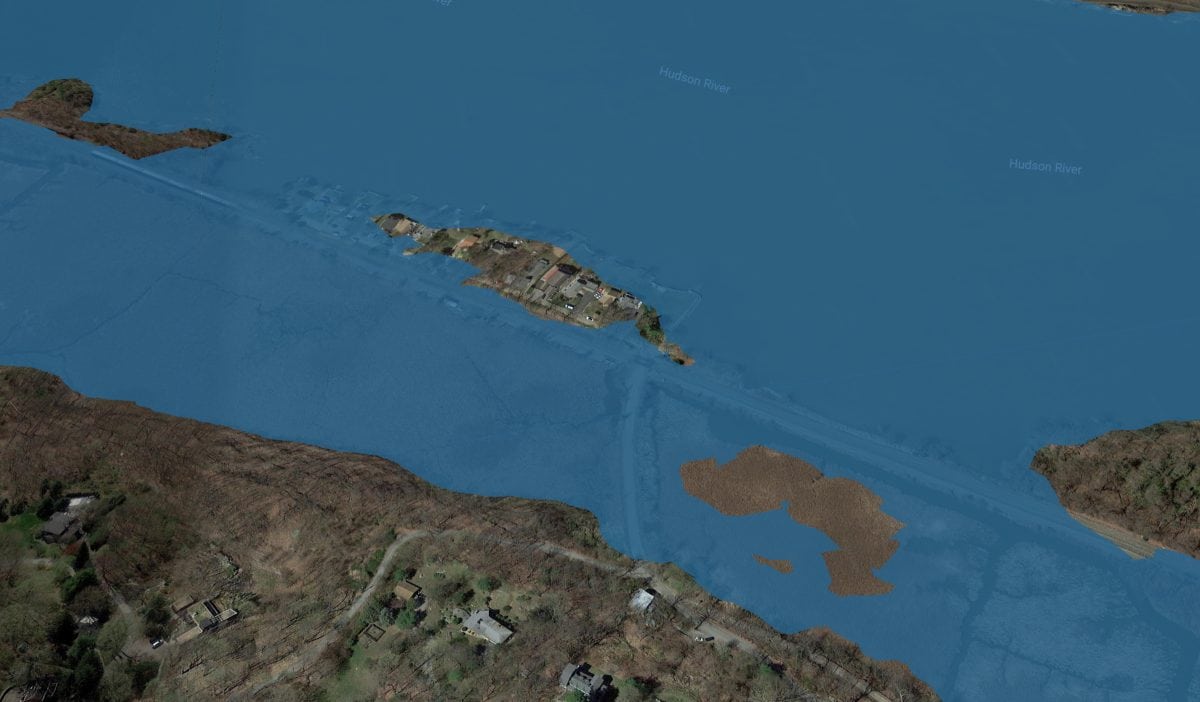 Last year, the National Oceanic and Atmospheric Administration (NOAA) released a report that predicted what high tide would look like at the turn of the century if nothing is done to combat global warming.
Last year, the National Oceanic and Atmospheric Administration (NOAA) released a report that predicted what high tide would look like at the turn of the century if nothing is done to combat global warming.
It isn’t pretty. If the level of carbon dioxide, which traps heat in the atmosphere, continues to rise unabated, and parts of the Antarctic ice sheet collapse sooner than expected, the agency predicted sea level could jump 10 to 12 feet on the East Coast by 2100. That would put the charging bull on Wall Street under water.
Using the NOAA numbers, the nonprofit Climate Central created a “layer” for Google Earth to visualize what such an extreme rise would look like, a scenario it notes is “considered unlikely but increasingly plausible.” We used the layer to create a flyover of the Highlands, below.
Below, visions of the Highlands in 2100 under “extreme” sea-level rise.
Other stories in Part 2:



